Leica has introduced the Summilux-M 50 f/1.4 lens as the fifth example of its Classic Line, featuring reissued versions of its most historically significant and prized optics. The new lens is very much an homage to the original version I, but manufactured to today’s exacting standards.
The Classic Line series resurrects old lens designs and remakes them with modern manufacturing and tolerances. So far, they have released four lenses:
- 28mm Summaron f/5.6 (2016)
- 90mm Thambar f/2.2 (2017)
- 50mm Noctilux f/1.2 (2021)
- 35mm Summilux f/1.4 (steel rim version I) (2022)
The fifth is the Summilux-M 50 f/1.4, a lens that was the mainstay of many a photographers’ kit for many years. The four previous lenses were faithful reproductions of the original lens, but this time it’s a little different.
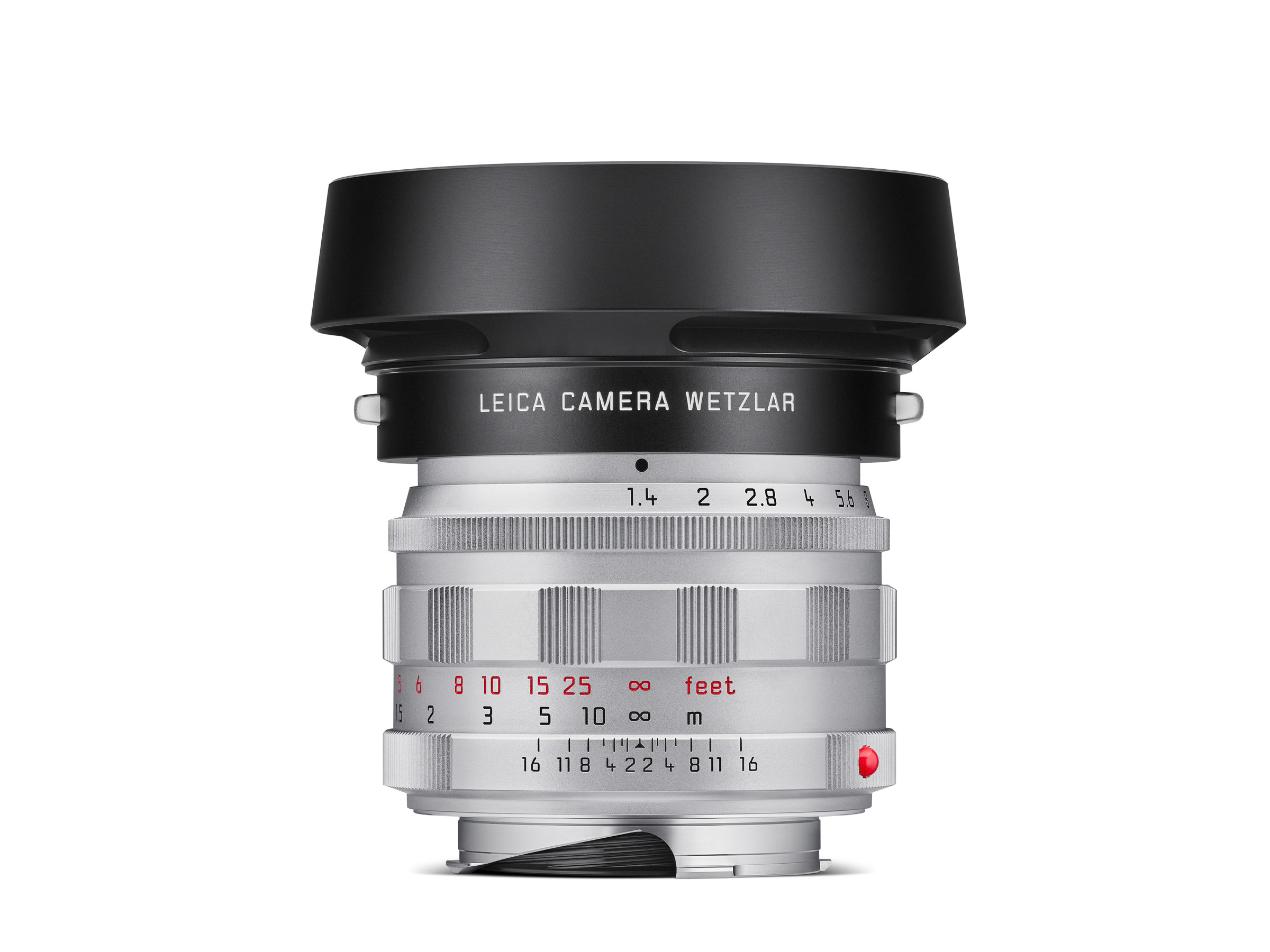
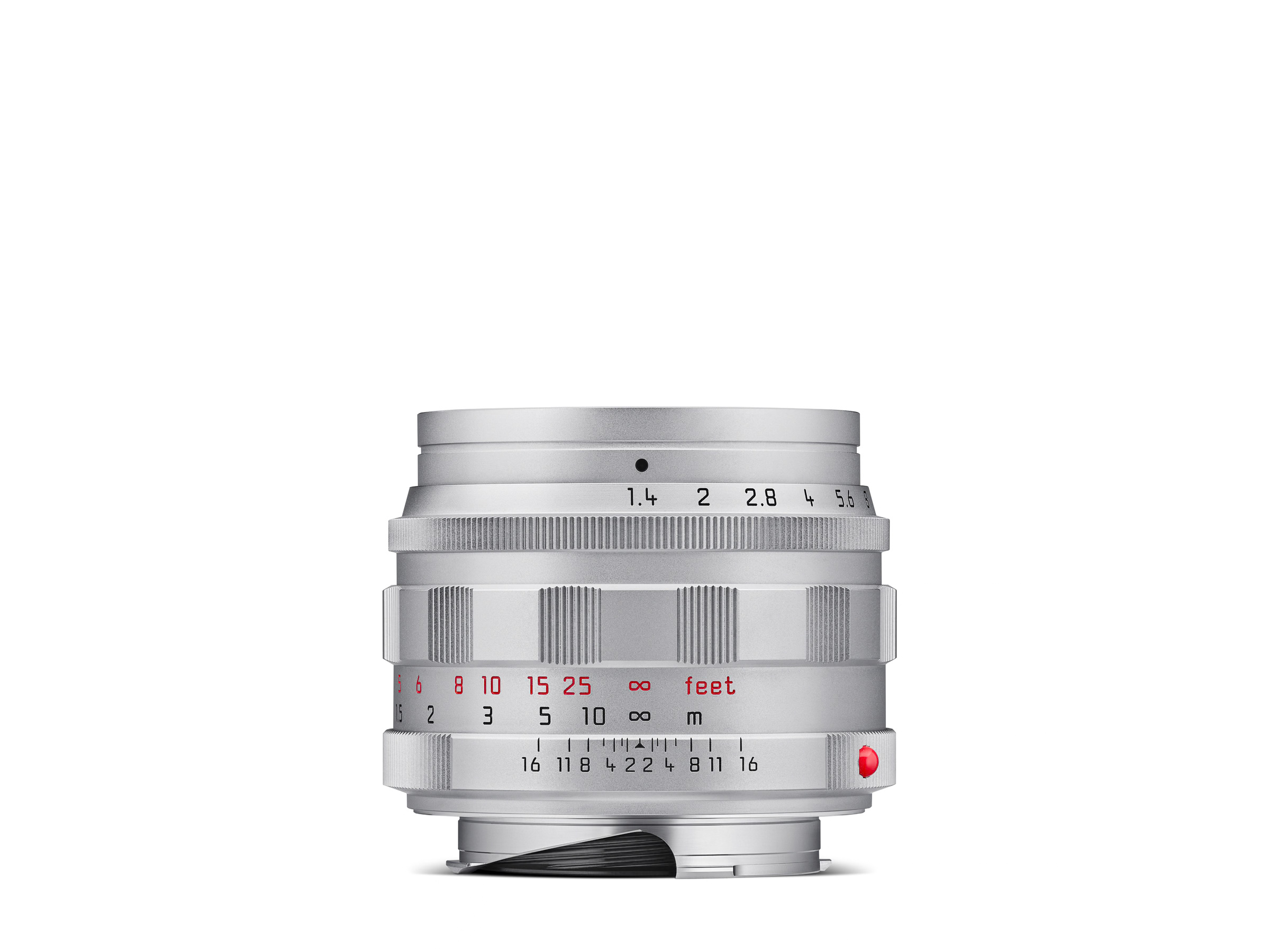
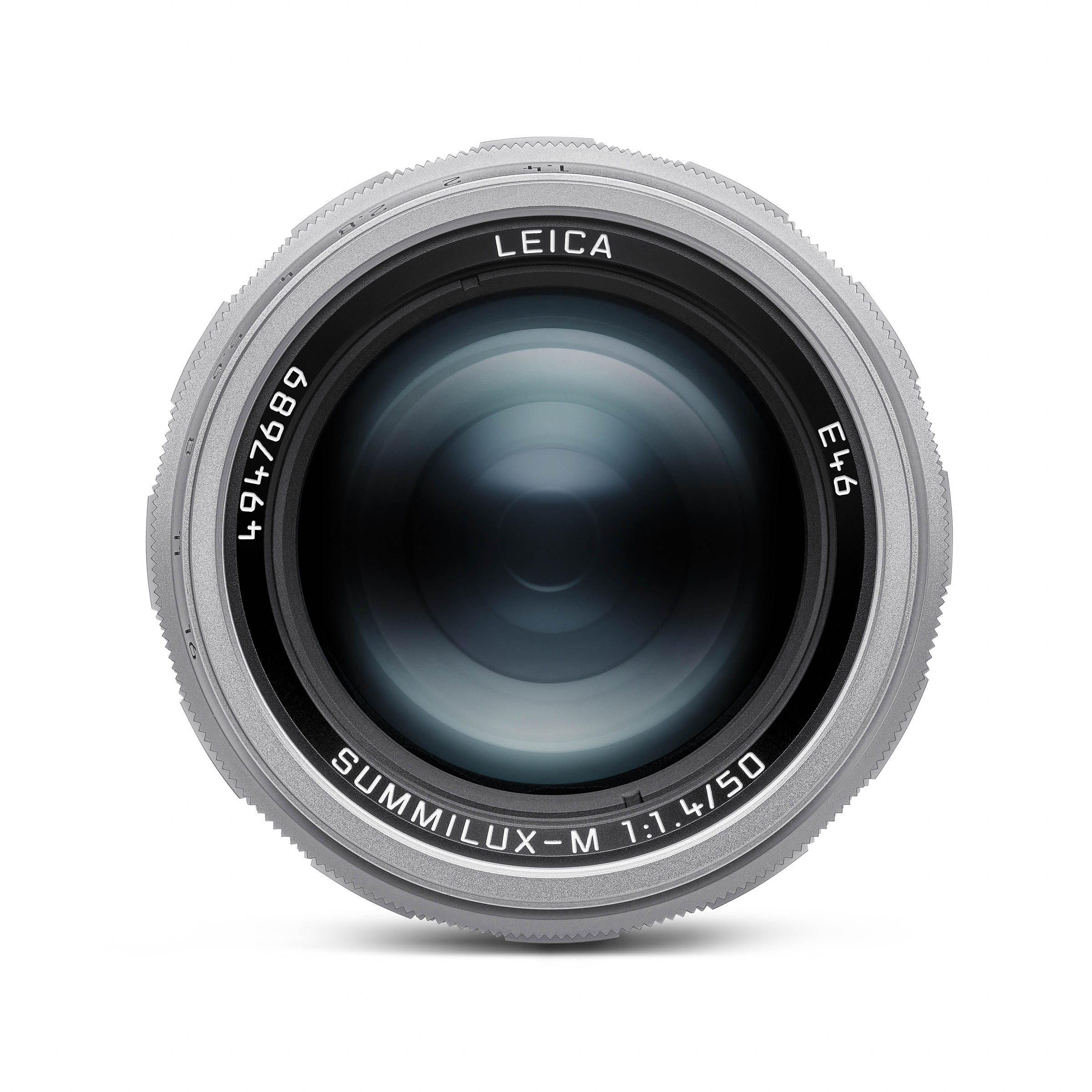
I have had a copy of the lens to test since May last year and just like the 35mm Steel Rim and the f/1.2 Noctilux, I’ve fallen very much in love with it.
First I’ll have a look at the history of the original lens, then I’ll talk about the new lens.
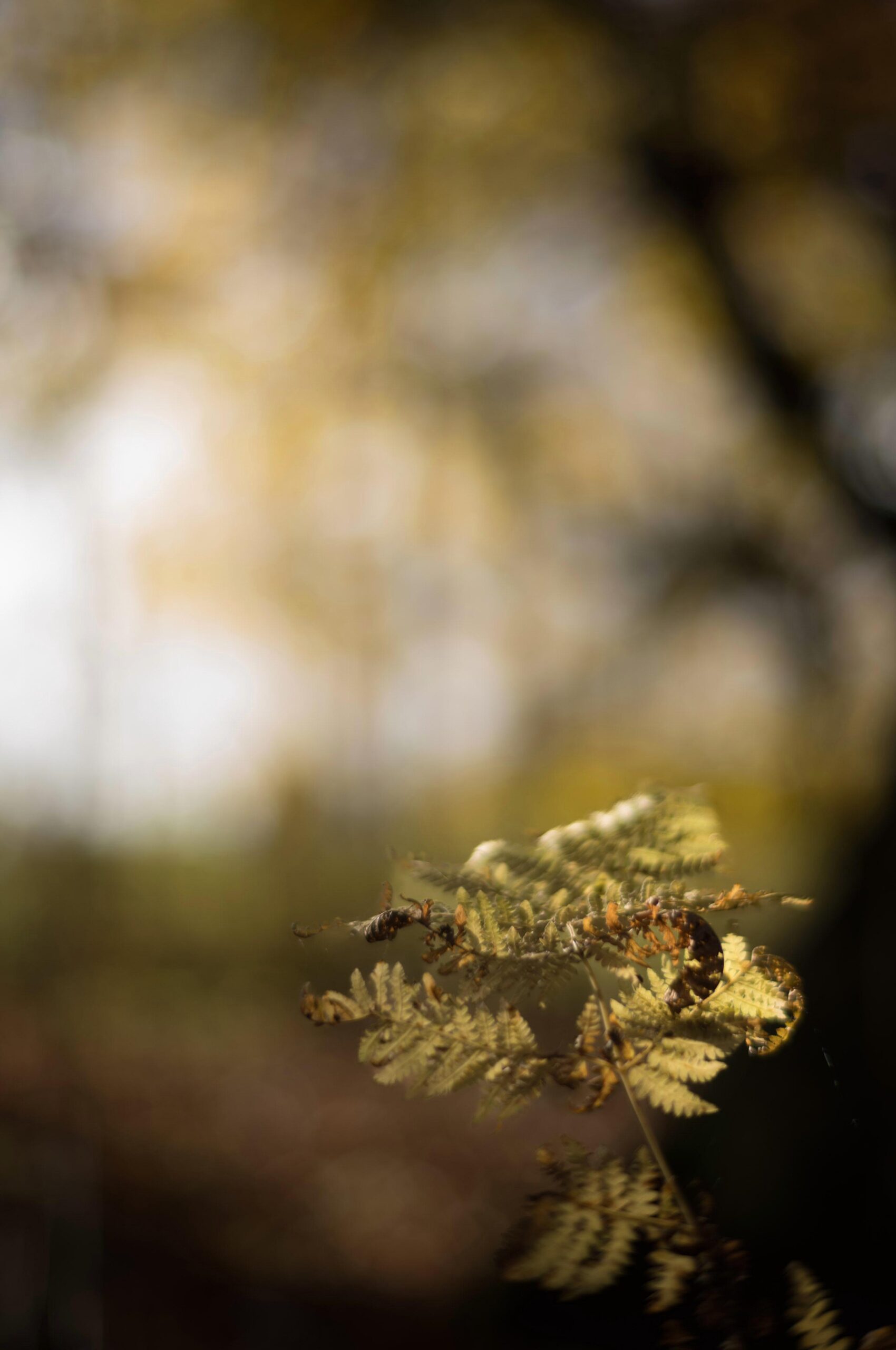
First Fern
Leica M11 1/12000 sec f/1.4 ISO 64

Second Fern
Leica M11 1/12000 sec f/1.4 ISO 64
History: Summilux-M 50 f/1.4
Leica produced the original 50mm Summilux between 1959 and 1961. It was released in two versions, a black lacquered version in brass and aluminium in small numbers and a chrome plated brass version with a scalloped focusing ring. The company produced about 19,600, in what was probably the shortest manufacturing run of any M lenses (just over two years).
It was ‘designed’ by Walter Mandler and Erich Wagner, and it was constructed of seven elements in five groups, with elements two and three cemented together. Leica released the lens in both screw and M mounts, the M mount version weighing 360g.
The lens was very similar in design and performance to the lens it replaced, the 50mm f/1.5 Summarit, but with updated glass. The Summarit was designed by Otto Zimmermann and manufactured from 1949 to 1960. This lens was based very closely on the Xenon and on an original design by Taylor & Hobson from 1936.

Version II
In 1962, the version I was replaced with the version II designed by Walter Mandler. The new lens was still seven elements in five groups, but this time elements two and three were separate, but elements six and seven were cemented. Once again there was black (11113) and chrome (11114), but this time it was black anodised on aluminium (275g) or chrome plated brass (380g). Both had knurled focus rings.

St Paul’s Cathedral
Leica M11 1/2000 sec f/1.4 ISO 3200

Simeon’s Feet
Leica M11 1/400 sec f/1.4 ISO 64
Leica didn’t acknowledge the new design until 1968, possibly because they would rather not upset people who had already bought the inferior version I, or maybe they just didn’t update the design in the catalogues.
This basic configuration continued in production until 2004. There were updates in 1969 and more significantly in 1992, when it was changed from a 43mm filter to a 46mm filter.
The clip-on lens hood was replaced by a telescoping hood and the minimum focusing distance was reduced to 0.7 metres [this is usually known as version III]. However, the optical design remained the same, making this lens one of the longest running Leica lenses in production, with about 62,000 being made overall.
Professor John Cheng from Hong Kong recently posted a picture (below) of this lovely silver- and black-paint version I lenses. The black-paint lens is in brass, with its reverse scalloped focus ring in aluminium alloy, and with a brass mount. He has kindly given me permission to publish them here.
Appearance
The body of the new lens is very much reminiscent of the version I, although with its chrome-over-brass construction, it is now heavier at 417g. Unlike some of the original lenses, it has a normal (rather than reversed) scallop. It’s a beautiful object, and although heavy, it balances very nicely on a modern digital M camera.
Handling
My copy is an early prototype; the eagle eyed will notice that the EXIF information for the lens is not right because mine had the wrong 6-bit coding (it was a mirror image!). However, it handles beautifully. The aperture click stops are just perfectly weighted, and the focus ring is delightfully smooth and tactile (I just can’t bring myself to say “buttery-smooth”… but it certainly is!).
The only thing which might be less than perfect for modern users is the rather long focus throw, especially when getting down to 0.7 metres for close up work.
Performance
Sadly, I haven’t managed to get hold of one of the original lenses to do a comparison. But in the knowledge that this time around, rather than trying to reproduce the quality of the version I (as they did so successfully with the steel rim), Leica realised that perhaps it wasn’t quite as much of a classic as the version II and III. They have tried to make this lens a synthesis of all the good things about all three versions of the pre-aspherical Summilux.
So the optical formula of the lens is the same as that of version II/III, that is, with elements two and three separate, but elements six and seven cemented. Then Peter Karbe was called in to help. His concept was to make, in effect, two lenses, one which had the lovely gentle bokeh of the version II and III, but which, when stopped down, had more of the performance of a modern lens. This was done by using different glass and new coatings that weren’t available when the lens was first designed.
Wide open
Hopefully, the images here and in the attached gallery will give you an idea of the qualities of the new lens. As you stop down it becomes very sharp (in much the same way as many classic lenses), but on the whole I’ve shot it wide open because that’s what I like to do, and because that is when lenses really show their character.
I think that the bokeh is lovely — quirky but not agitated, and while the lens characteristics are not quite the same as the original lens, I do think it has a real classic feel about it.
As you would expect, it isn’t quite as sharp in the corners as modern lenses (even when stopped down) and while surprisingly resistant to flare, there are some circumstances when flare can happen. The Summilux-M 50 f/1.4 Aspherical (from 2004 onwards) also has a floating element, which greatly reduces focus shift, something this lens is subject to.

Rape Warning1
Leica M11 1/12000 sec f/1.4 ISO 64

Flowers
Leica M11-D 1/640 sec f/1.4 ISO 64
It’s quite interesting to look at MTF curves for the versions I and II/III together with the modern aspherical lens and the remade non-aspherical lens. Leica with Peter Karbe certainly have been doing some magic here, and the figures for the new classic are getting towards being as good as those of the modern aspherical lens.
Conclusion — Summilux-M 50 f/1.4 “Classic”
Assessing a classic lens like this is a little difficult — clearly comparing it to modern lenses is badly missing the point. On the other hand, it must have a character of its own, and be capable of taking photographs which are both appealing and technically good. It should also be a satisfying object.
This new classic is cheaper than the modern 50 Summilux-M, and as such seems to me like an excellent deal.
With the classic Summilux-M 50 f/1.4 Leica have produced a lens which is delicious to use and produces great images which have a lovely bokeh when wide open, and great acuity when stopped down a little. The handling and mechanics of the lens are a joy, and it’s just a great experience to shoot with it.
In short, another exceptional addition to their classic range of lenses. It will be interesting to see what comes next!
The Leica Summilux-M 50 f/1.4 is available worldwide from all Leica Stores, the Leica Online Store and specialist retailers. The recommended retail price is £3,310 | €3.894 | $3,895. GBP and EUR prices include tax; US$ prices do not include tax. These prices are current at the time of writing, 20 February 2025.
Acknowledgements
Leica history is not my strongest side, so I have reached out to several people while writing this article, and I’d like to thank the following:
Frank Dabba Smith for his wonderful work on the Leica Big Pocket Book (published by Red Dot Books), for his emails and his permission to use the MTF graphs. The poor scanning is entirely my responsibility!
Ivor Cooper at Red Dot cameras in London for his generous gift of the Leica Big Pocket Book.
Furthermore, thanks to Stefan Daniel, Christoph Mueller, Bill Rosauer, Marke Gilbert and William Fagan for help and advice. And finally, to Professor John Cheng from Hong Kong for generous permission to use the photograph of his lovely version I lenses.
As always, and especially, to Emma, who puts up with me writing these articles.
More on the Leica Classic Line
Leica announcement of the Summilux-M 50 f/1.4 and press release
Summaron-M 28 f/5.6 review
Thambar-M 90 f/2.2 review
Noctilux-M 50 f/1.2 review
Summilux-M 35 f/1.4 “Steel Rim” review
Visit Jonathan Slack’s website
So, you’ve bought the gear. Here are some tips on intuition and the decisive moment…
More images here

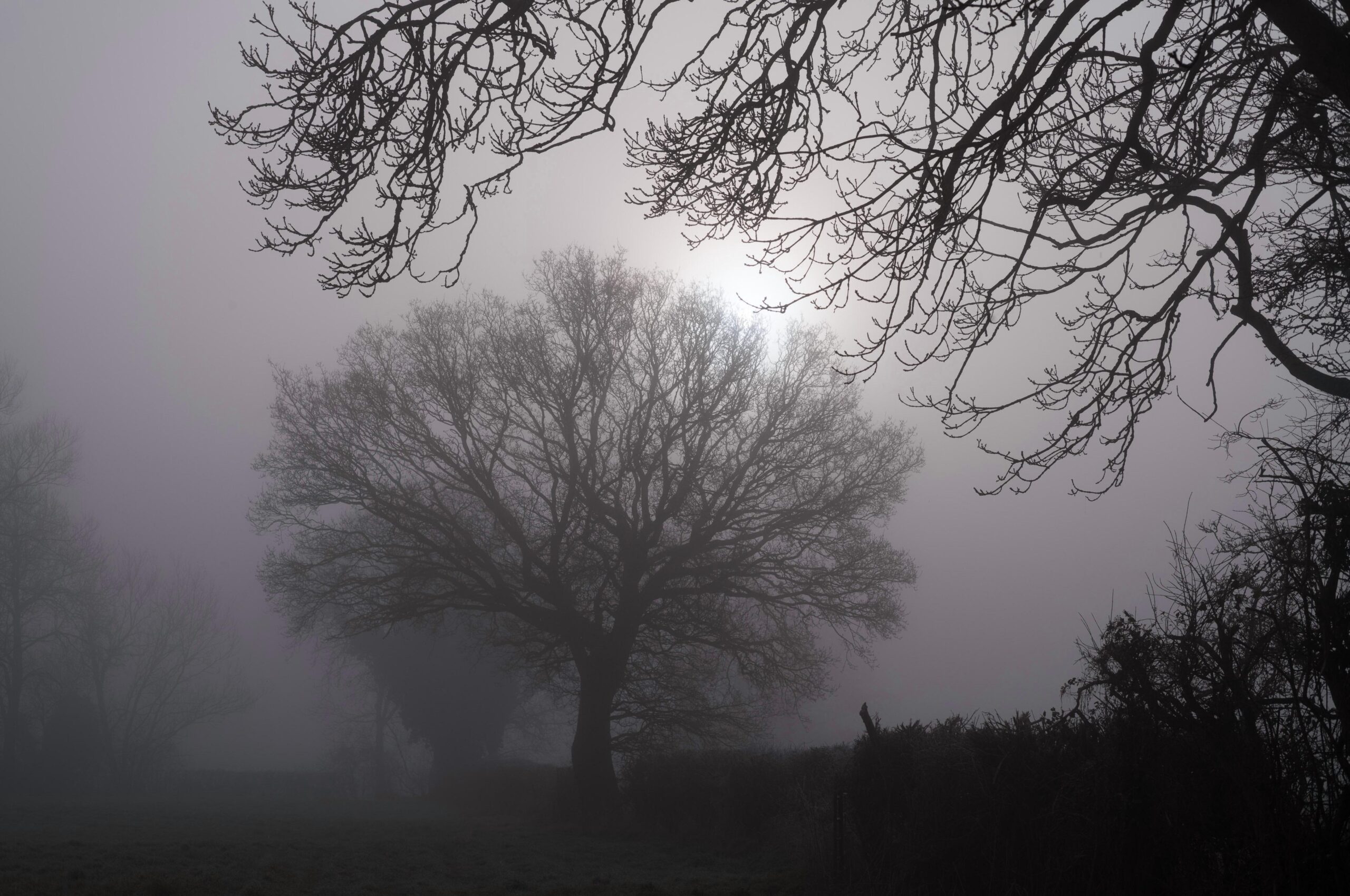

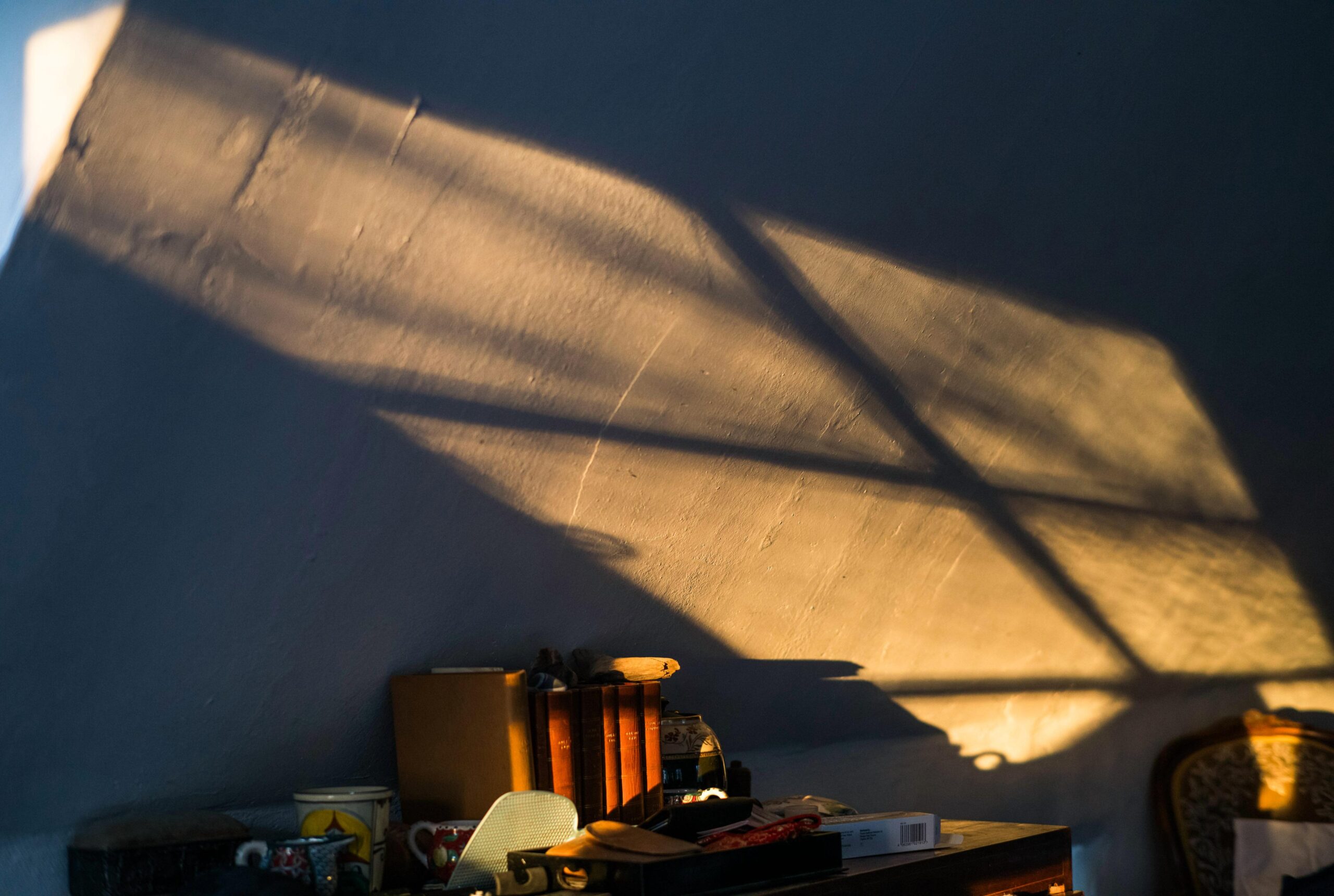
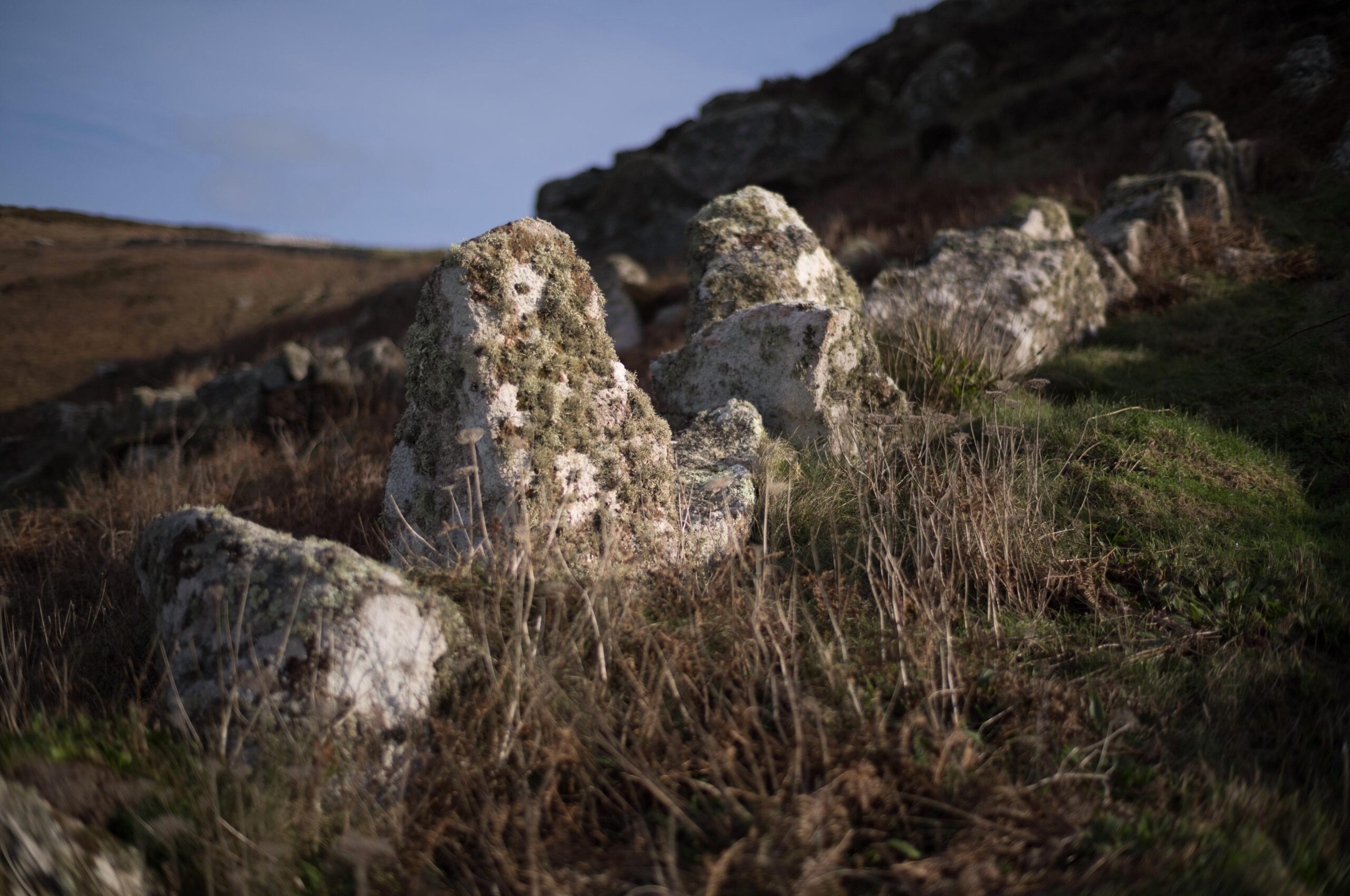

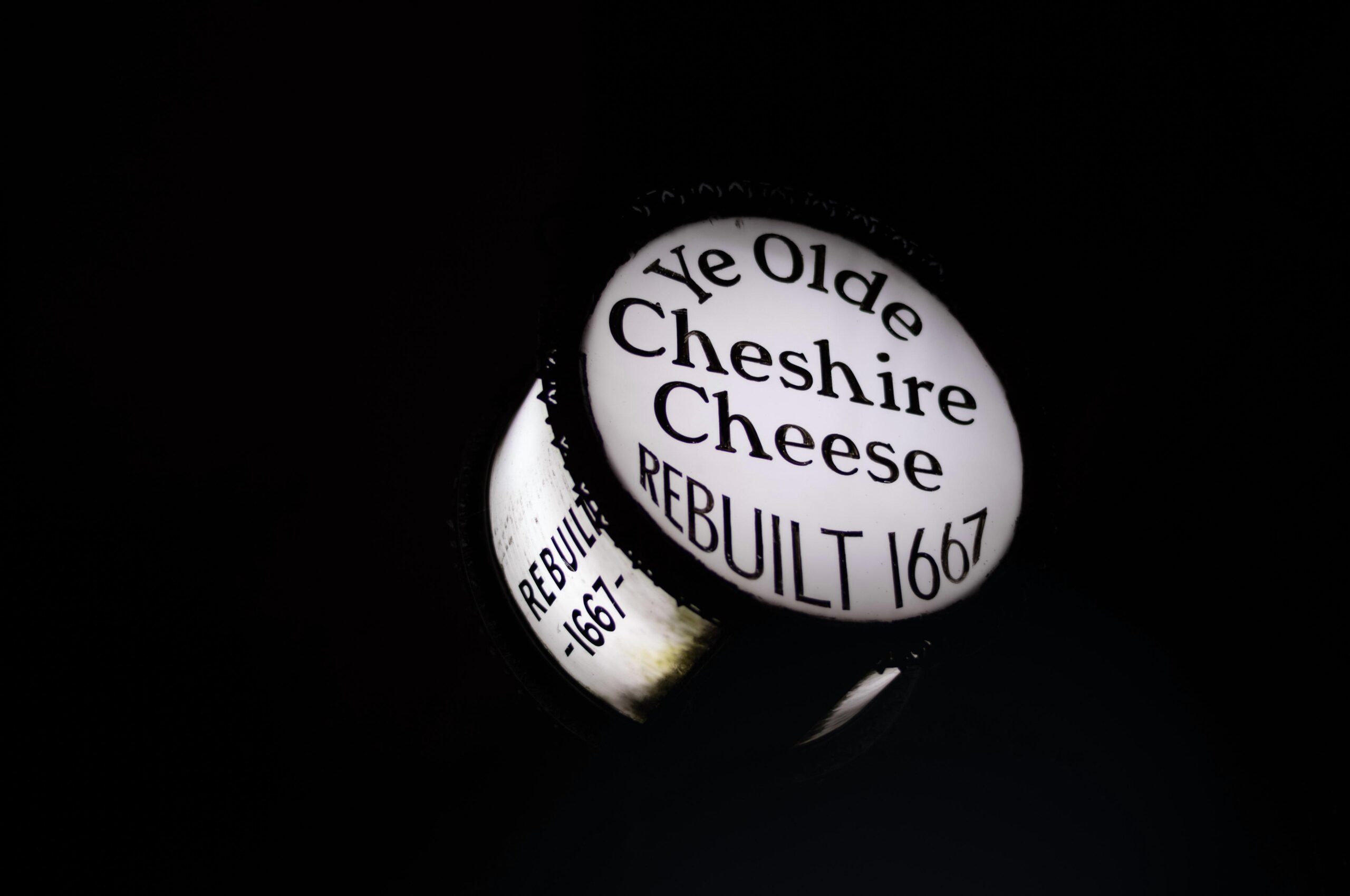
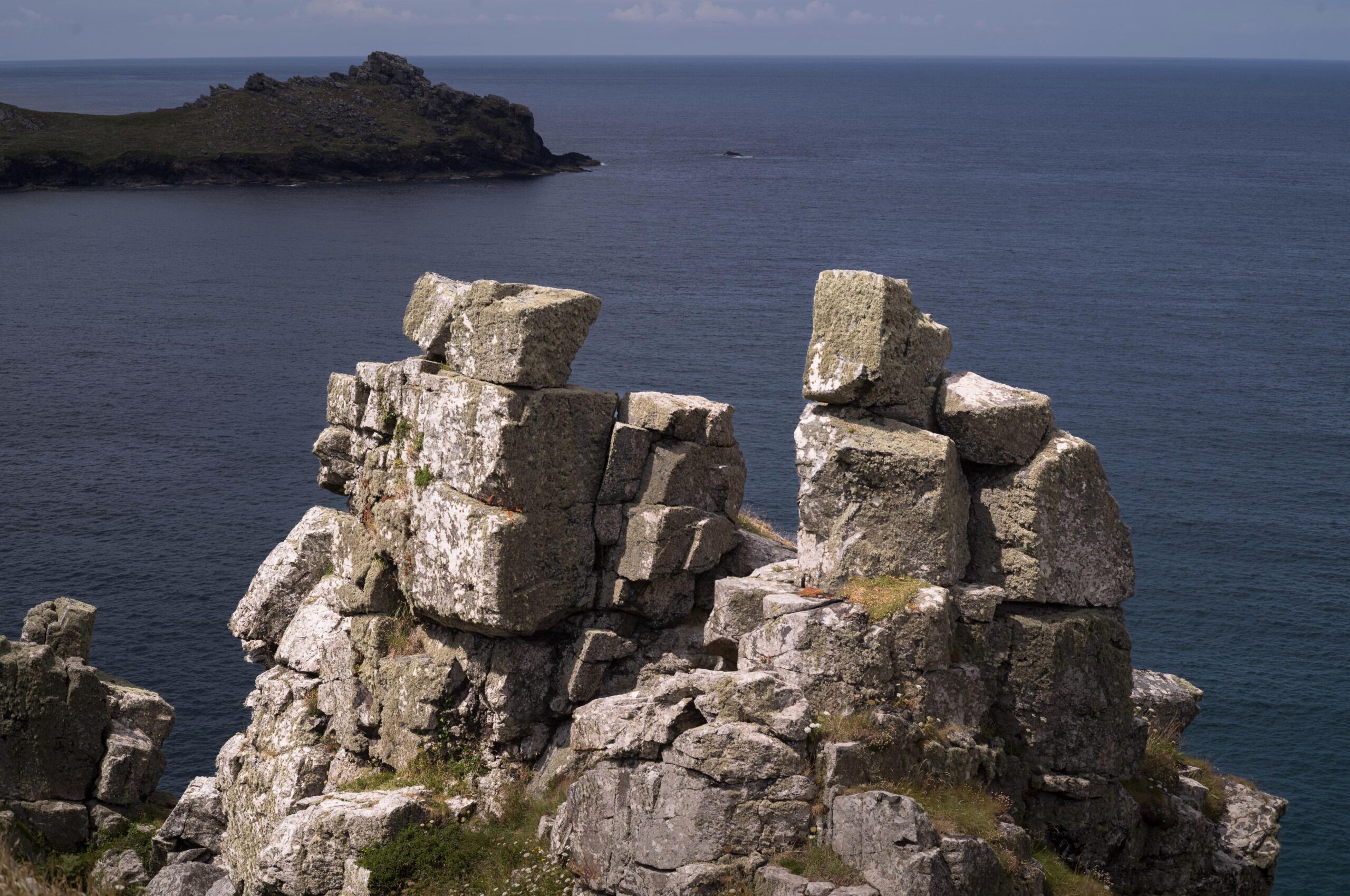



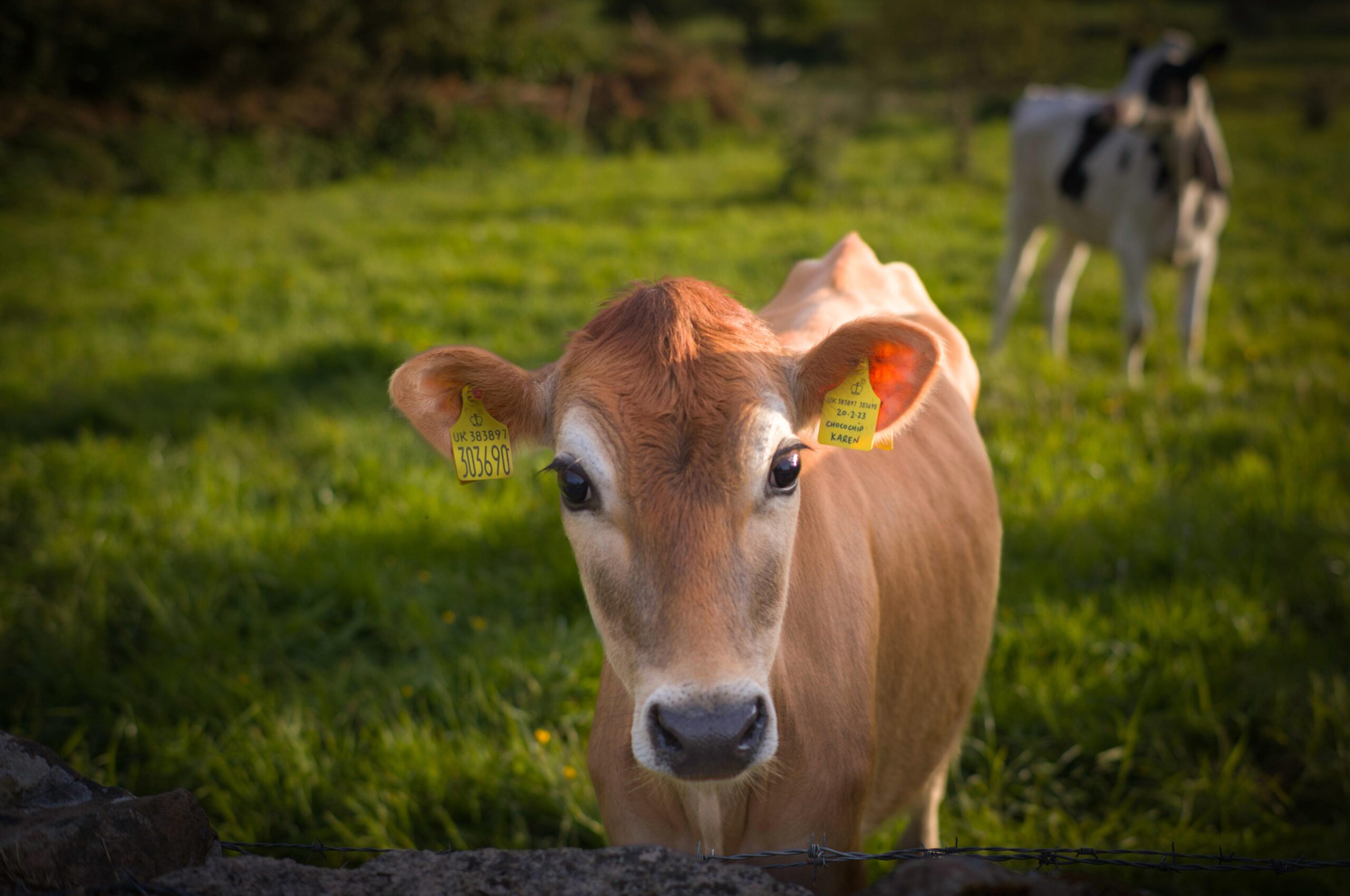

A cup of coffee works wonders in supporting Macfilos
Did you know that Macfilos is run by a dedicated team of volunteers? We rely on donations to help pay our running costs. And even the cost of a cup of coffee will do wonders for our energy levels.


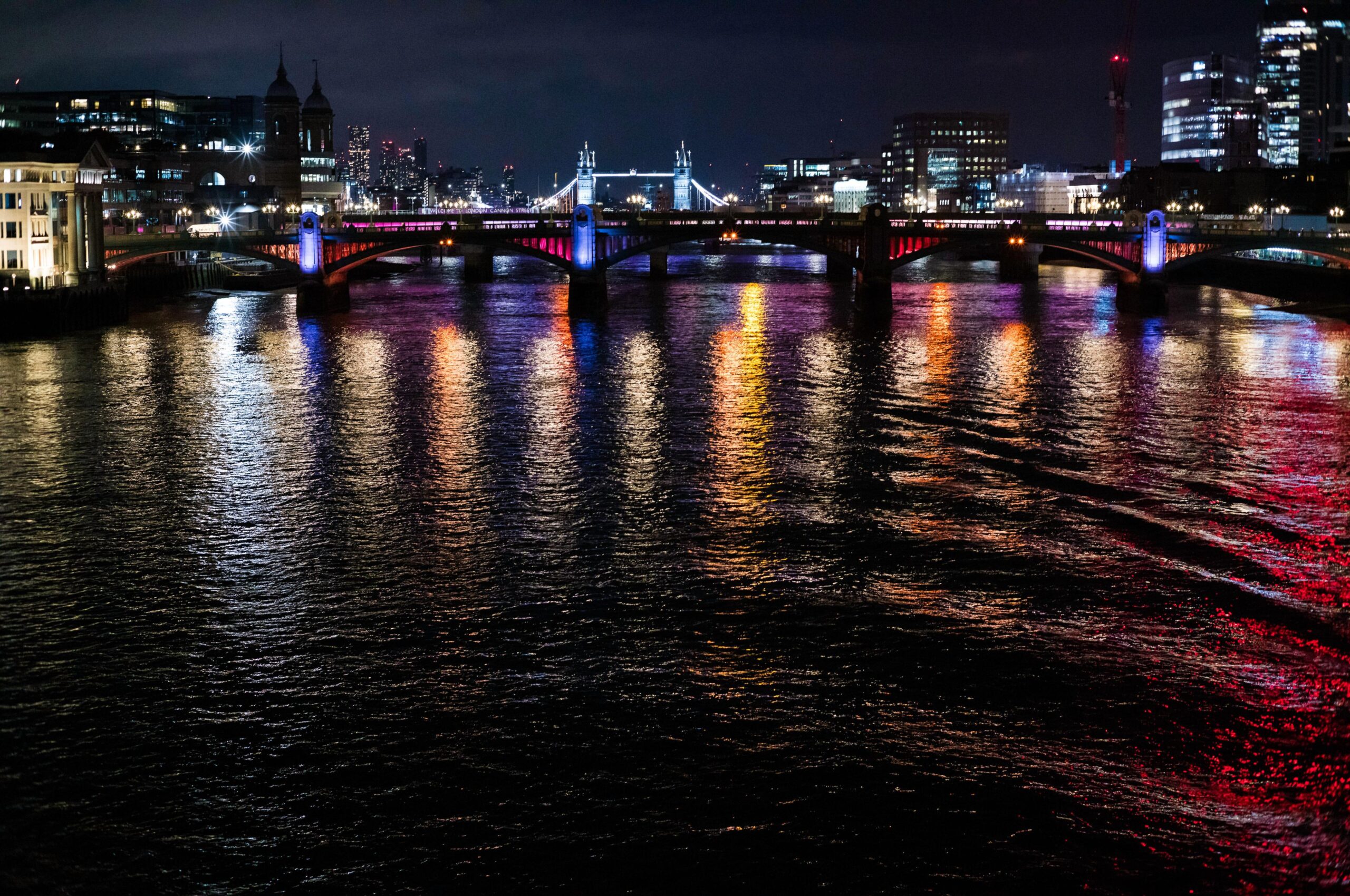

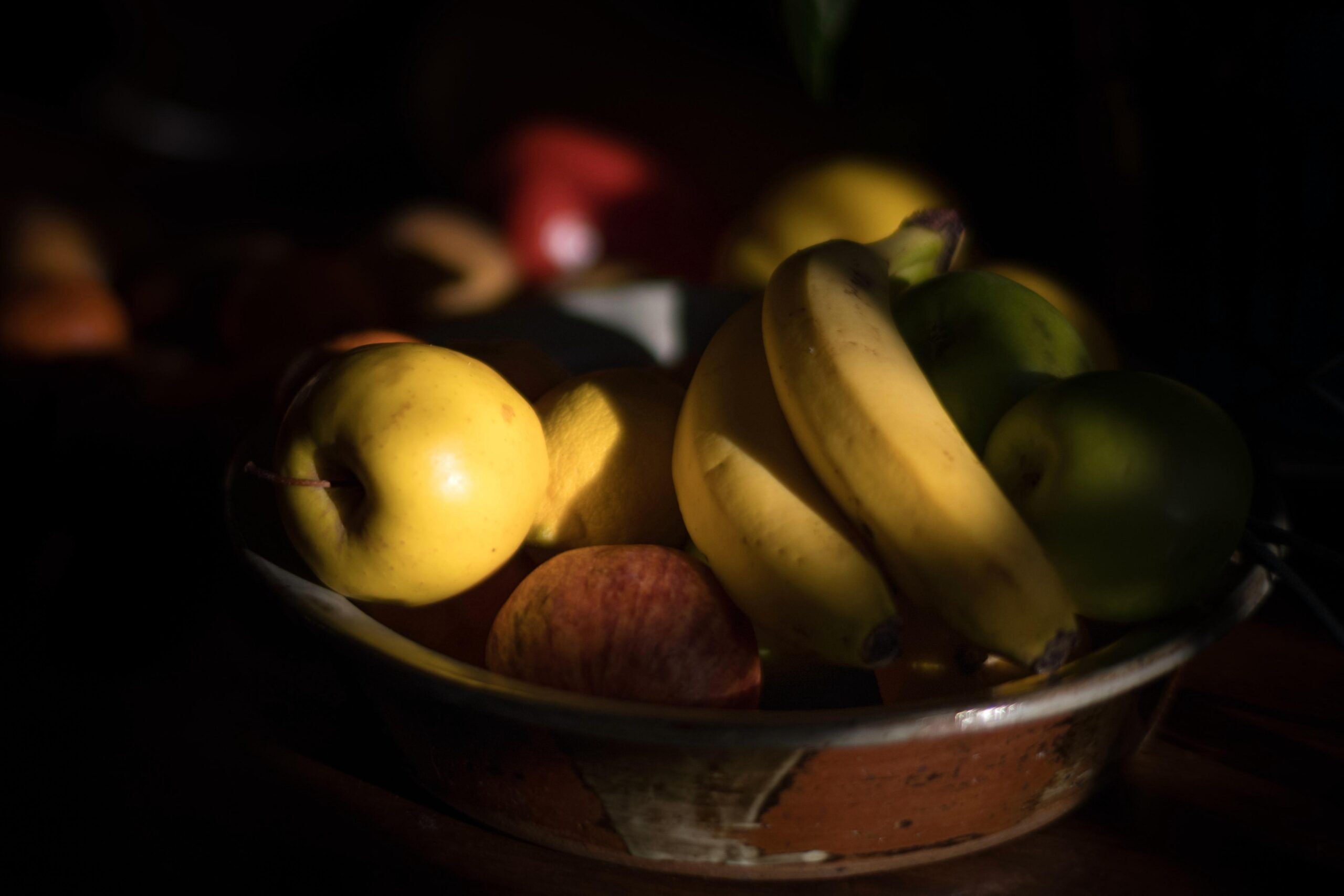
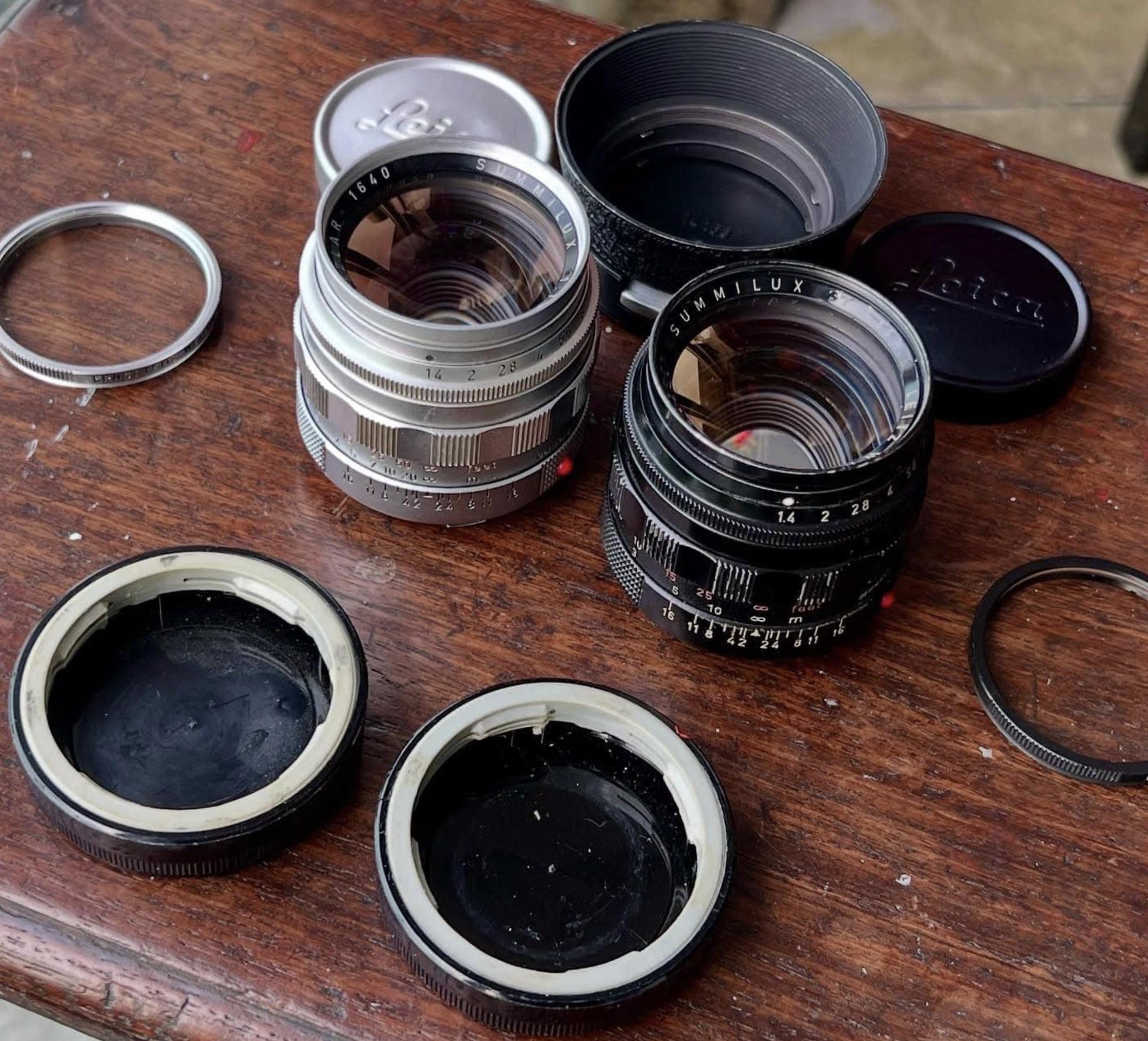
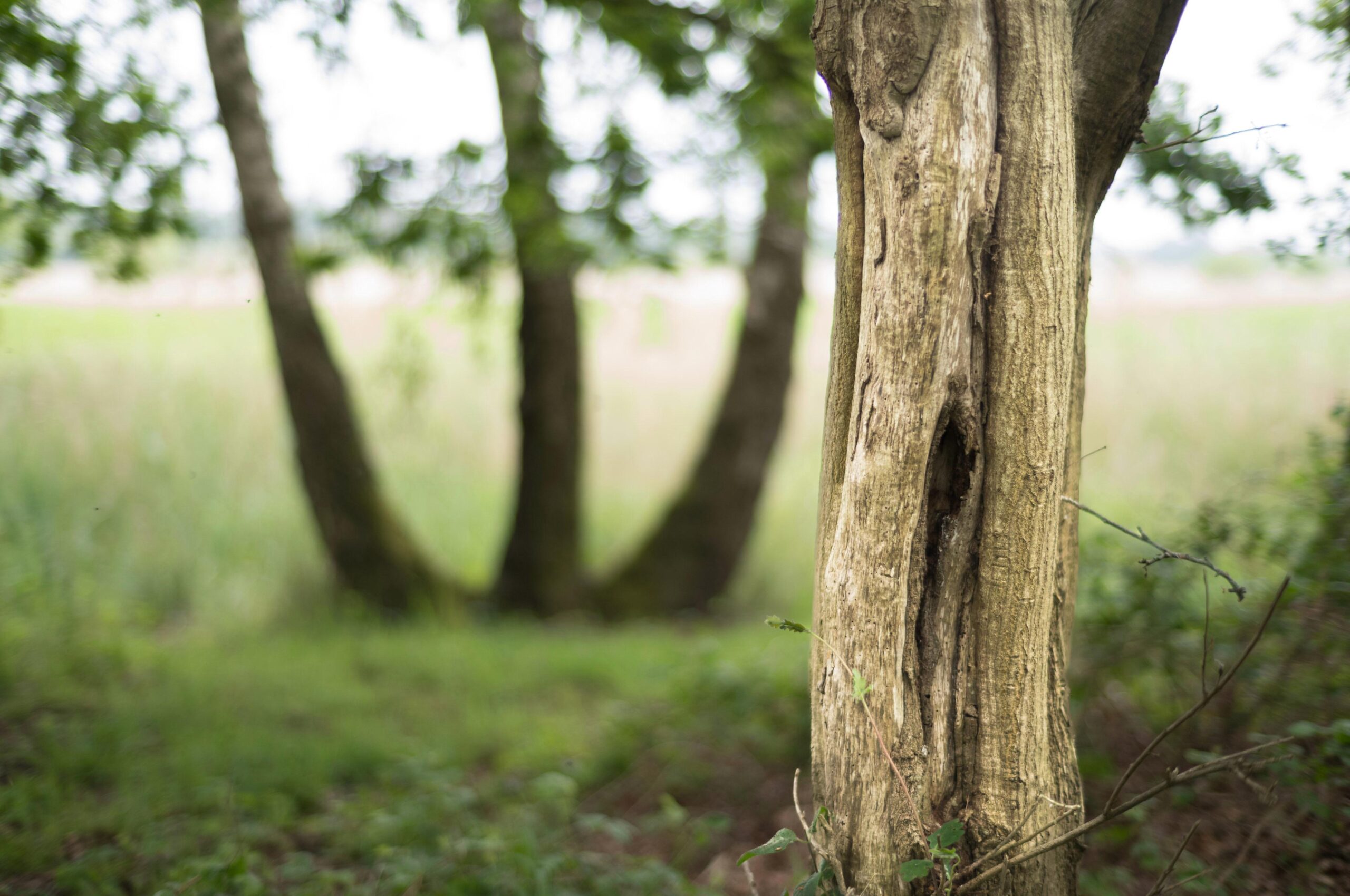




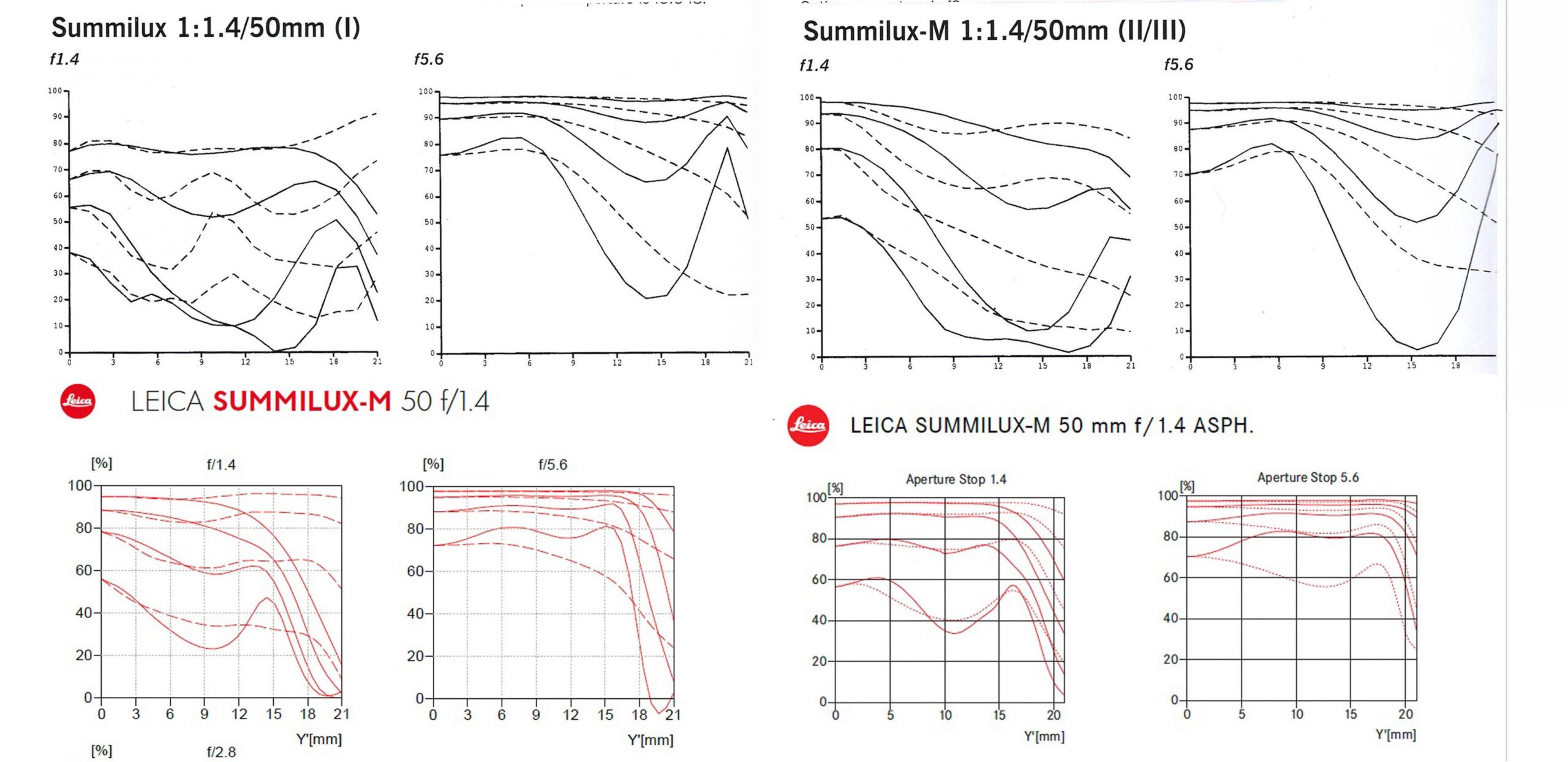




Hi Jonathan,
Great review and photos! I enjoyed that the review is both insightful and includes a variety of photography. In this one, I especially liked “Harvest Time” and “Erica.” Wonderful light in the former and authentic feeling gesture in the latter. Not to mention I learned a lot about the lens.
Cheers,
Joel
Thank you Joel
Glad you enjoyed it (that’s always the intention!)
All the best
Jono
Thank you Joel
Glad you enjoyed it (that’s always the intention!)
All the best
Jono
Interesting MTF. If you accept the premise that the out of focus character (bokeh) is smoother when the meridonal and sagittal lines align more closely, then the central character result is very pleasing, which falls off drastically 12-15mm off center – “Quirkiness”? I am struck at how the new classic lens pretty much mimics the ASPH, albeit at a lower order. Should be a phenomenal portrait lens.
Hi Rick
I think it’s interesting as well – I think Leica’s intent was to turn it into 2 lenses – a wild lens wide open, but quickly controlled as you stop down.
. . . and I think they succeeded too.
best
Jonathan
Hi Jonathan, very interesting. Could you please elaborate a bit more on the “quirkiness” of the bokeh? In your photos it looks very good to my eyes, what do you find quirky about it?
Hi There René
sadly it wasn’t a profound remark, and it is possible I was guilty of an unnecessary adjective! But I do think it looks a little unusual with busy objects (in a nice way).
best
Jonathan
whenever you can fit it in sir!
Dear Jonathan. I have now got over some of the mysteries of my 35mm Classic (using it under the ‘two lenses in one’ approach seems to work). The reason I bought it and sold my modern 35lux was almost entirely your fault and here you are doing it again… I am really intrigued by this 50mm both aesthetically and photographically and its siren call is sounding. I have started a chat with the folk at Mayfair. The only thing that makes me tremble is your mention of “focus shift”… I failed miserably to cope with it on the infamous (but wonderful) Zeiss 1.5 and it had to go. You don’t dwell on it above but could you here if you have a moment please? Any comments on its scale, how intrusive, manageable it is would be hugely helpful to my decision making. I really look forward to hearing from you as always. All the best Des.
Hi There Des
Thanks for the kind words
To be honest I haven’t been disturbed by focus shift at all – I’m just aware that without floating elements it’s likely – I find it pretty easy to focus manually, the focus throw is quite long, but mostly in the close up region.
I might do a little experiment and nail it down, but not today!
All the best
Well, this is at about 5ft – I don’t think it’s shocking, but it’s certainly there
https://www.slack.co.uk/images/focus_shift.jpg